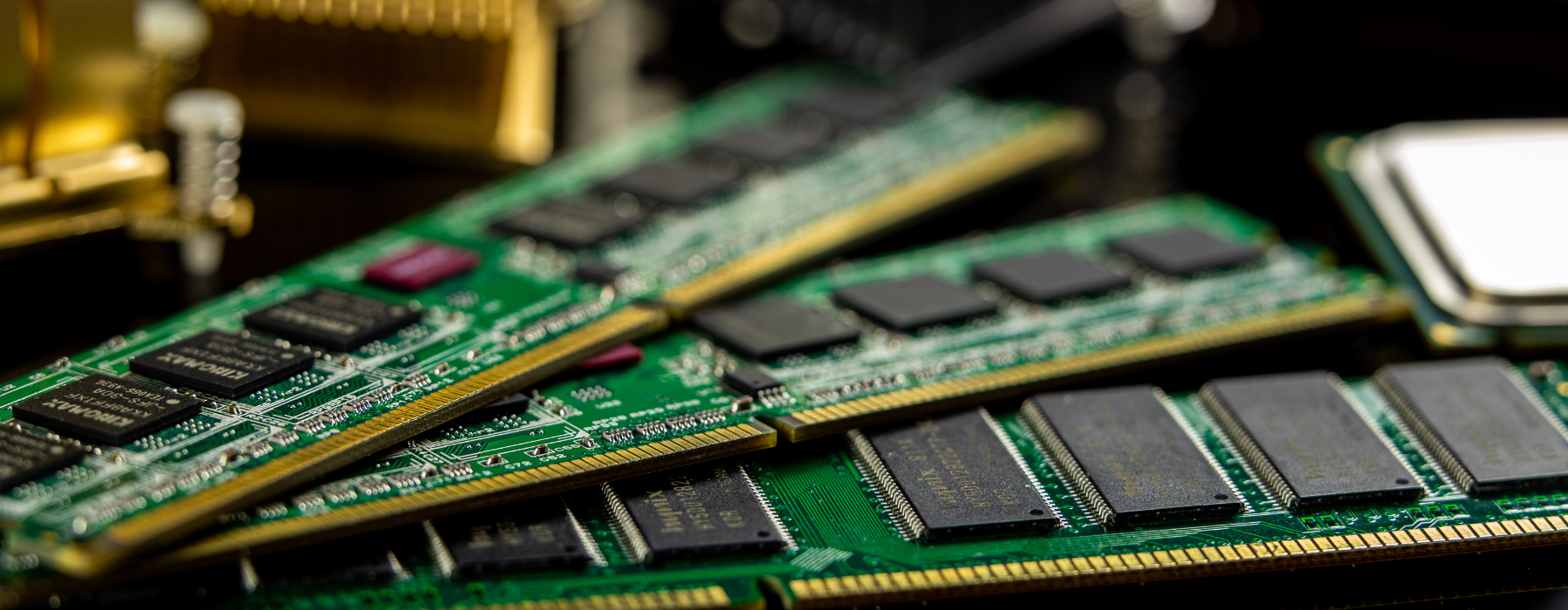The ultra-thin parylene film formation begins with the pyrolysis of di-p-xylene (dimer) within a vacuum environment. This controlled thermal decomposition creates reactive monomers that subsequently deposit onto cooler substrates maintained at room temperature within the deposition chamber. The entire process occurs under continuous vacuum conditions, eliminating contamination risks and ensuring consistent film quality.
What makes parylene deposition particularly valuable is its ability to create structurally continuous films that are truly conformal to the substrate's design and structure. This three-phase vapor deposition process allows parylene to coat complex geometries, including sharp edges, deep recesses, and intricate component features, with remarkable uniformity. The resulting coating thickness can be precisely controlled within a range from 0.2 microns to well over 8 mils, depending on application requirements.
The Three-Phase Parylene Deposition Process
Phase 1: Vaporization
The parylene deposition process begins with the vaporization phase, where the solid dimer material changes from solid to vapor form. The dimer, initially in powder form, is placed in a specialized vaporizer and heated to temperatures ranging from 75 to 250 degrees Celsius. The specific temperature depends on the particular parylene type being used and the application requirements. During this phase, the solid dimer transitions into vapor form, creating the foundation for the subsequent processing steps.
Phase 2: Pyrolysis
The second phase involves pyrolysis, where the vaporized dimer undergoes thermal decomposition in a high-temperature furnace. Operating at temperatures between 600 and 700 degrees Celsius, this furnace breaks down the dimer molecules into reactive monomers. This pyrolysis process is critical for creating the molecular building blocks that will eventually polymerize to form the protective parylene coating. The precise temperature control during this phase ensures consistent monomer formation and optimal coating properties.
Phase 3: Deposition and Polymerization
The final phase sees the conversion of monomers into the final polymer coating. As the reactive monomers enter the deposition chamber, they encounter the substrate surfaces maintained at ambient temperature. Upon contact with these cooler surfaces, the monomers spontaneously polymerize, forming a transparent, adherent parylene film that conforms precisely to the substrate geometry.
Throughout this process, two critical support systems maintain optimal conditions. The cold trap system collects and condenses excess monomers from the vacuum chamber, preventing contamination and ensuring efficient material utilization. Simultaneously, the vacuum pump maintains constant vacuum pressure throughout the entire deposition cycle, ensuring consistent processing conditions and preventing atmospheric contamination.
The Art and Science of Successful Deposition
While the technical aspects of parylene deposition are well-established, successful implementation requires mastering the artistic elements that ensure optimal results. Expert coating professionals understand that each unique substrate material presents specific challenges and opportunities that must be addressed through careful process optimization.
- Substrate Considerations: Different substrate materials, including metals, plastics, papers, and ceramics, each have unique surface characteristics that influence parylene adhesion and performance. Although parylene demonstrates excellent adhesion to most materials, certain substrates benefit from pretreatment with A-174 silane adhesion promoter. Experienced coating specialists have perfected application techniques that ensure reliable, precise parylene coatings on virtually any substrate material.
- Cleanliness Standards: The vapor deposition process demands exceptional cleanliness standards throughout the entire procedure. Any contamination, whether from human oils, dust particles, or other foreign materials, can disrupt the deposition process and compromise coating performance and safety. Rigorous cleanliness protocols and contamination control measures are essential for achieving consistent, high-quality results.
- Chamber Preparation: Proper preparation of the temperature-controlled deposition chamber represents another critical aspect of the artistic side of parylene coating. Since parylene adheres strongly to any surface it contacts, careful masking and protection of chamber components prevents unwanted coating buildup that could affect future processing cycles.
Advantages of Professional Parylene Deposition Services
The parylene coating process offers distinct advantages over traditional coating methods, including the absence of any liquid phase and elimination of traditional curing time requirements. This unique characteristic allows for immediate handling and processing of coated components, significantly reducing production cycle times.
Professional parylene deposition services combine decades of experience with advanced process control capabilities to deliver ultra-thin protective coatings that meet precise specifications. Expert coating providers understand the nuances of process optimization, substrate preparation, and quality control necessary to achieve consistent, reliable results across diverse applications and industries.
Partner with Advanced Coating for Expert Parylene Solutions
When selecting a parylene coating partner, experience and expertise make all the difference in achieving optimal results for your critical applications. Advanced Coating brings decades of specialized parylene coating experience to every project, offering the technical knowledge and proven capabilities necessary to design ultra-thin protective coatings that meet your unique specifications.
Advanced Coating's team of parylene experts understands that successful coating projects require more than just technical proficiency—they demand a collaborative approach that considers your specific application requirements, performance criteria, and production timelines. Their comprehensive process guidance ensures that every aspect of your parylene coating project is carefully planned and executed to deliver 100% satisfaction.
The company's extensive experience spans diverse industries and applications, from medical devices requiring biocompatible coatings to aerospace components demanding extreme environmental protection. This broad expertise enables Advanced Coating to provide tailored solutions that address the unique challenges of your specific application while leveraging the full potential of parylene's exceptional protective properties.
By partnering with Advanced Coating, you gain access to state-of-the-art deposition equipment, rigorous quality control processes, and a team committed to delivering consistent, reliable results. Their proven track record of successful parylene coating projects demonstrates their ability to meet the most demanding specifications while maintaining the highest standards of quality and customer service.


